
Construction technologies company ICON has unveiled a suite of new technologies at SXSW, including a multi-story robotic construction system and an AI-powered design system.
At a SXSW event dubbed ‘Domus Ex Machina,’ the company also presented a new low-carbon building material for 3D printing alongside a digital catalog for residential 3D printed architecture containing more than 60 designs.
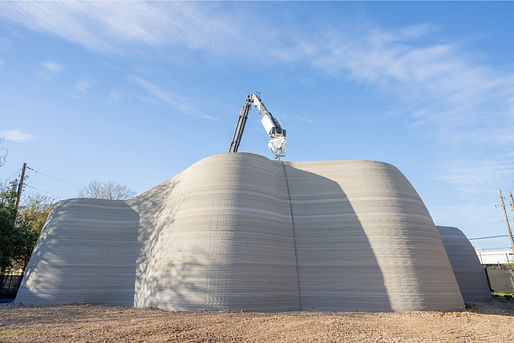
“In the future, I believe nearly all construction will be done by robots, and nearly all construction-related information will be processed and managed by AI systems,” said Jason Ballard, ICON Co-Founder and CEO, announcing the new systems. “It is clear to me that this is the way to cut the cost and time of construction in half while making homes that are twice as good and more faithfully express the values and hopes of the people who live in them.”
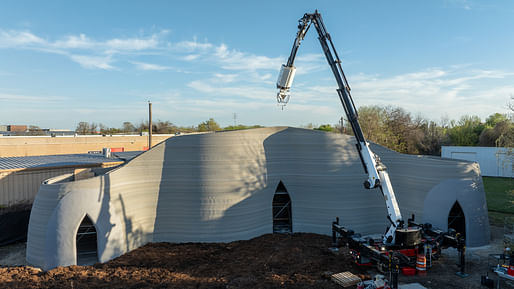
Among the new technologies unveiled is Phoenix, ICON’s new multi-story construction-scale 3D printer. According to the company, Phoenix is capable of printing an entire building enclosure, including foundations and roof structures, reducing printing costs by half. While traditional construction-scale 3D printers operate along a grided rail system, Phoenix comprises a robotic arm with an improved range of motion, demonstrated by a recently completed 27-foot-tall prototype structure now on display in Austin, Texas.
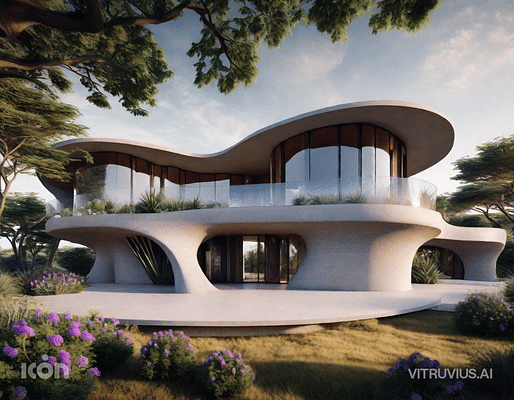
The SXSW event also saw ICON unveil Vitruvius, described by the company as “an AI system for designing and building homes.” Launching today as an open beta, the system is capable of generating floor plans and interior and exterior renders in response to style, budget, and feedback requests. By the end of 2024, ICON hopes to augment Vitruvius into an “AI architect” that will “produce full construction documents as well as permits, budgets, and schedules.”
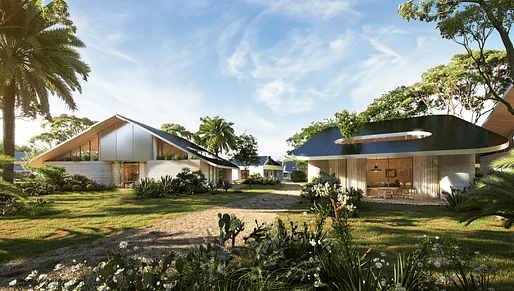
Alongside Phoenix and Vitruvius, ICON used SXSW to introduce CODEX, as a digital catalog of ready-to-print residential homes. The new catalog includes more than 60 designs across five collections: Texas modern, fire-resilient, storm-resilient, affordable, and avant-garde. Three of the CODEX collections were designed by BIG-Bjarke Ingels Group, the latest in a series of collaborations between the two companies. Architects will reportedly be able to submit designs for consideration in the catalog.

“The aim of CODEX is to make high-design and high-performance residential architecture available at all price points,” ICON said in a statement. “CODEX allows builders, developers, and home buyers to build with ICON quickly and affordably using world-class architecture. ICON’s aim is for CODEX to be the most comprehensive digital catalog of buildable home designs in the world. It empowers ICON customers to select preferred designs as a starting point for their master-planned communities and developments.”

The final development announced by ICON was CarbonX, a “new low-carbon extrudable/printable concrete formula.” Set to be deployed in live projects from April 2024, the formula is described by ICON as “the lowest carbon residential construction method that can be deployed at scale.”
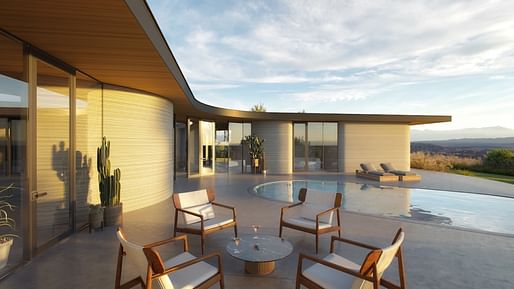
On the eve of the product announcements, Archinect spoke with ICON’s Melodie Yashar for a behind-the-scenes look at the four innovations, in addition to reflections on the company’s aim of delivering 3D printed habitats beyond Earth. You can read the full conversation here.
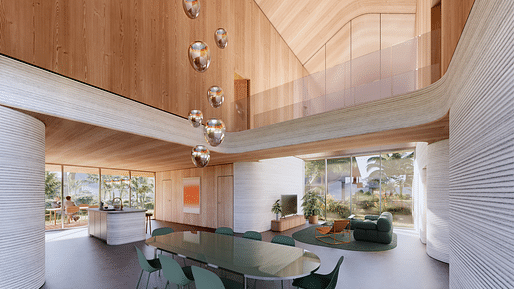
The products announced by ICON are also the latest in a series of recent 3D printing developments. Last week, ecoLogicStudio unveiled a collection of biophilic design products, including a 3D printed compostable stool, while in February, production began on the world’s tallest 3D printed structure.
Earlier last month, researchers at Chalmers University in Sweden used cellulose and algae to create a 3D printed architectural material, while in January, Holcim and Zaha Hadid Architects debuted their second 3D printed concrete bridge concept.
No Comments
Block this user
Are you sure you want to block this user and hide all related comments throughout the site?
Archinect
This is your first comment on Archinect. Your comment will be visible once approved.